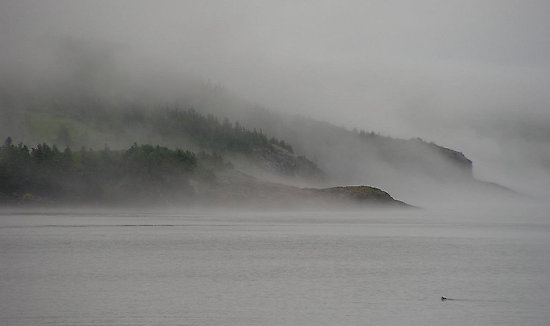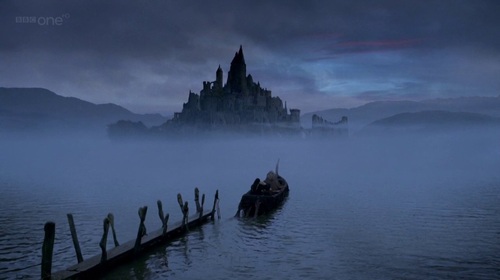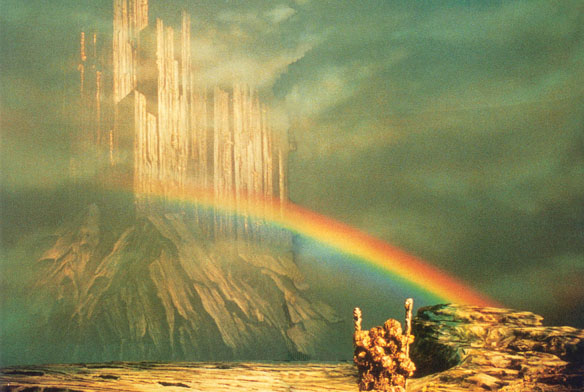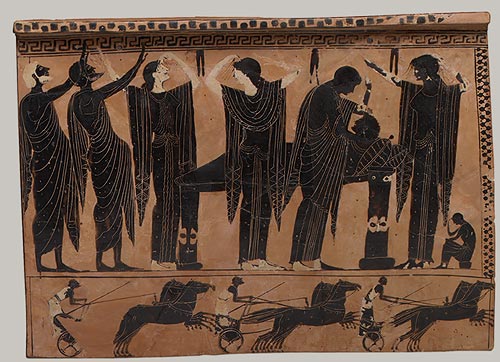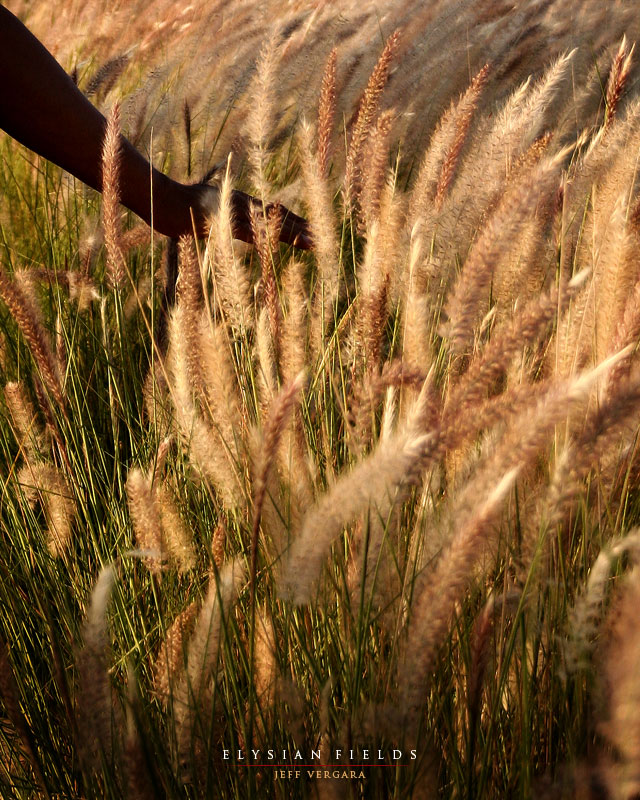It is that time of year again when we pay homage to the Ancestors and our Beloved Dead.
Many clients come to us for grief and broken hearts associated with a great loss. Death itself evoked so much fear in our modern society because we have grown to hide from the truth of it.
No one escapes this world untouched by the suffering of losing a loved one.
Not even us as Reiki Practitioners.
So here are a few tips to deal with Death and Dying as well as the Grief that inevitably comes with it. But also know this, with grief also comes acceptance and healing.
20 Reiki Tips for Grief and Dying
1. Allow yourself to cry. Bottling up your pain will only lead to further and deeper suffering down the road. I understand that perhaps you may be in charge of making arrangements for someone who has passed and do not wish to seem weak. You want to be strong for everyone else in this time of need. But you can still allow yourself moments in private where you let it out. Also, allow yourself to show it to your other loved ones. To be steel and hard as stone only shows how cold you can be. Of course, we all grieve differently, but to grieve in a healthy way means that you let yourself weep.
2. Cry some more.
3. Face the reality of your own death. Don’t avoid it. Let’s face it here and now. We will all die. Some day I too will die. My words and pictures will live on in the interweb, but my physical form will grow old and will someday die. Or tomorrow I will get hit by a bus. Who knows? But to live with our heads in the sand about this issue is unhealthy.
4. Allow yourself to get angry. Again, bottling up our pain will only lead to further and deeper suffering. If you are angry at your loved one for leaving you, good! This is normal. It does not mean you do not love them. Remember though, just for today, I will not let anger control me. It is healthy to get angry, but not so to allow that anger from inflicting further harm to yourself or others. Find a creative way to express your anger in a healthy manner. Paint. Dance. Hit a punching bag. Punch water. Swim. Run. And cry.
5. Consider seeing a Therapist. You don’t have to be crazy to see a therapist. You won’t be considered a bad Reiki Practitioner for asking for help. All therapists, this included Reiki Professionals, need and should have their own therapists. If you feel you are not dealing with your grief, death, or dying in a healthy manner, seek assistance. Or, if the situation is an especially sensitive one: a child’s death, murder, or other untimely death you may need the extra support of a trained professional.
6. Bridge the Gap. As practitioners we will sometimes be put in hard situations, but remember your training. In a situation like this we have the dead or dying and then their family or friends. Helping to facilitate communication during this rite of passage is essential.
7. Let the dying person know you are feeling fearful or uncomfortable, or whatever emotion it is that you have. They’re going to figure it out anyway! It will let them know that you are taking steps to get past it and to give them what they need the most during this time.
8. Ask the dying person what they need or expect from you. Some dying people will want to talk very openly about their illness and their impending death. Others will want to avoid talking about it and choose to focus more on fond memories or their loved ones lives. Both are okay but knowing what it is the dying person wants to talk about during your interactions will go a long way. Some will not want to talk at all but may want you at their side to hold their hand, read them a book, or just to feel your presence.
9. Be honest about what you can offer as a practitioner. If they want you to visit daily and you can’t fit it into your schedule or don’t feel like you can handle that much emotional strain, let them know. Remember there will be other trained healthcare workers there to assist as well. The important thing is to not make a promise that can’t keep.
10. Offer a group healing circle for the family. This doesn’t mean that everyone will want to join in, but often during these times everyone needs a little extra love and support. Make arrangements with the proxy guardian or other family members who are interested. Ideally, it would be nice to set up a private session room at the nursing home or home where the dying is living. Obviously hospitals may not have adequate room for this, but you never know.
11. Smile. Do what you need to do to keep your own spirits high. If you yourself are experiencing the loss, remember your own list of things to cope with this most unfortunate situation. Music always works wonders. Similarly if you can’t seem to cry, you may find music particularly moving.
12. Violet Flame before entering the hospital, nursing home, or residence. Dry bathe, Ken-yoku, before and after as well.
13. Self-heal with gusto. Taking care of yourself during this time will be most important. Think aromatherapy baths and body sprays. Make your light shine!
14. Focus on your heart center. While self-healing pay extra attention to your heart center. Incorporate green clothing into your wardrobe. Use Anahata corresponding crystals such as Malachite and Jade to aid with healing. Make a Rose Quartz Elixir. This is where you process all of your grief. Remember, just for today, I am Love.
15. Ask for assistance and pray. Ask your guides, Ascended Masters, and other healers to help you during this time. Remember, just for today, you are not alone. Stay connected to these compassionate energies in your life.
16. Say good-bye and let go. Whether they are dying or you are or you are experiencing something else that is contributing to your grief such as a divorce or break-up; there will come a time when you will need to let go. One of the hardest things to do in life is to say good-bye. But remember, all things are only temporary even the good things. Recognizing that loss is a part of life helps our hearts to open and continue to be open, not closed. Say good-bye in a wholehearted way to your loved one, and know that they are transitioning into just a different form, and different vibration, and a different awareness.
17. Remember the happy person you used to be before you knew them. And know that they would want you to yes, miss them, but they would also wish for you to be happy.
18. Respect and honour their memory. Visit their grave. Light a candle. Create an altar. You will know when to put it away and/or when to put it back up during the Hallowed Times of the year. Tell stories of their legacy. Remember the funny moments. Remember their accomplishments. And remember their failures. Know that they were only human, and so are you.
19. Using all the symbols and energies you feel necessary, Reiki the room they departed, the house, their possessions, their past, present, and future. Remember, their journey is just beginning, and so is yours. Your life has not ceased to exist. You are still alive and filled with love.
20. Ground and Center yourself in Nature. Seeking sanctuary in wilderness is incredibly consoling. Look for retreats to deal with your pain and suffering. Oftentimes fresh clean air and woods with their own therapeutic essential oils help release blocked energies and nature spirits aid healers in recovery.
REFERENCES
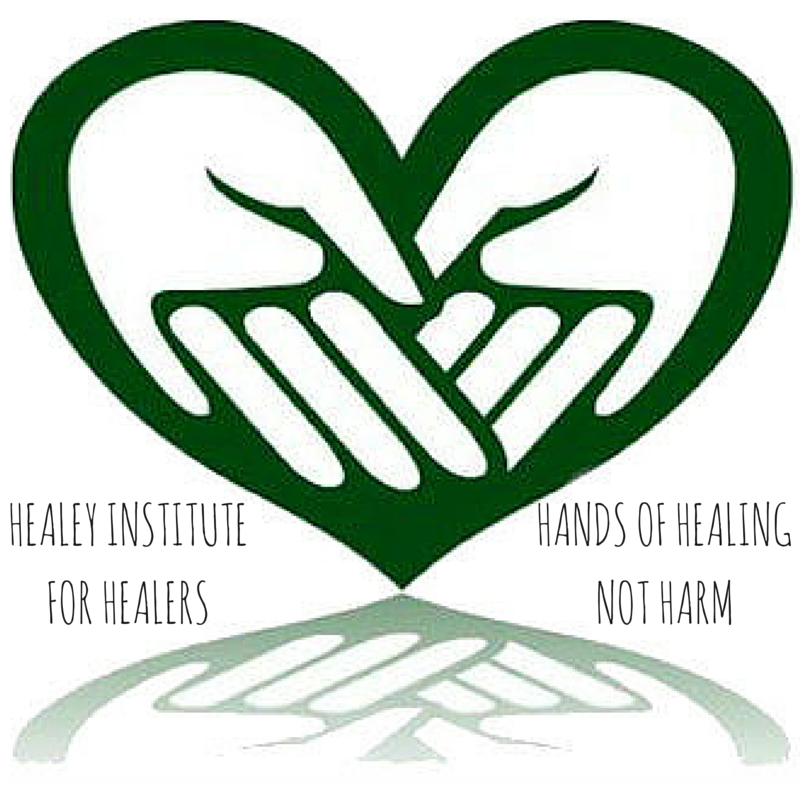




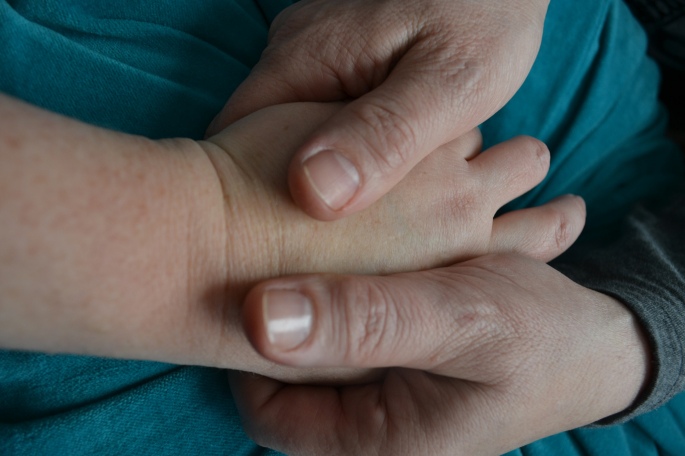
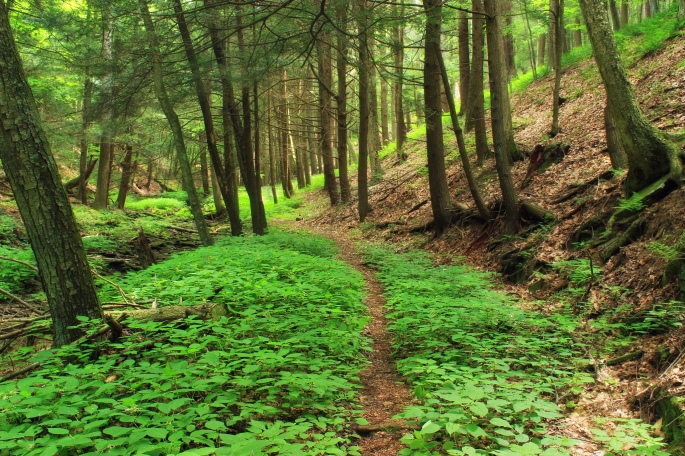




 Separation: What story no longer fits me?
Separation: What story no longer fits me? Liminality: What is it I no longer know? What is uncertain?
Liminality: What is it I no longer know? What is uncertain? Re-integration: What is next for me? What path opens up before me?
Re-integration: What is next for me? What path opens up before me?